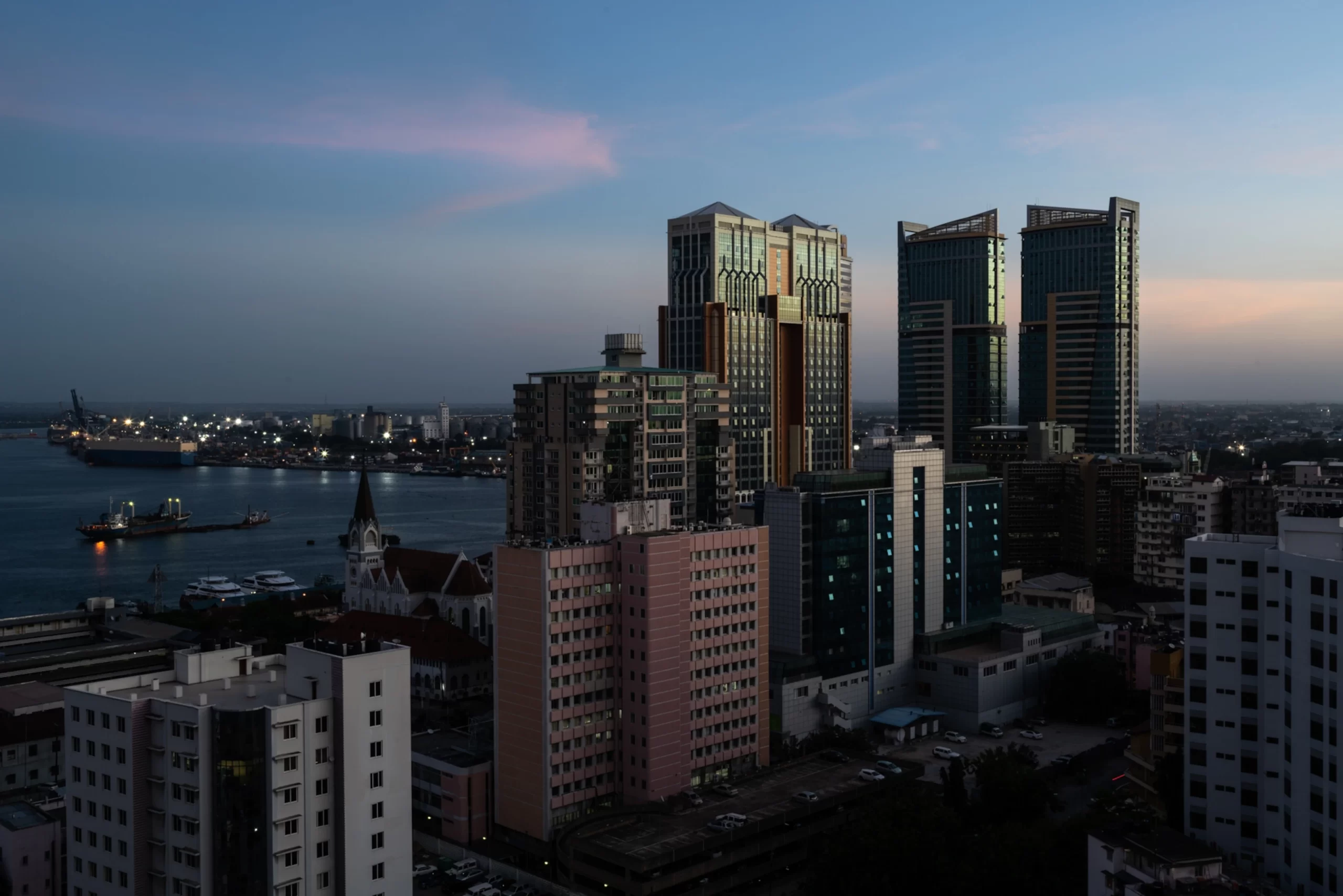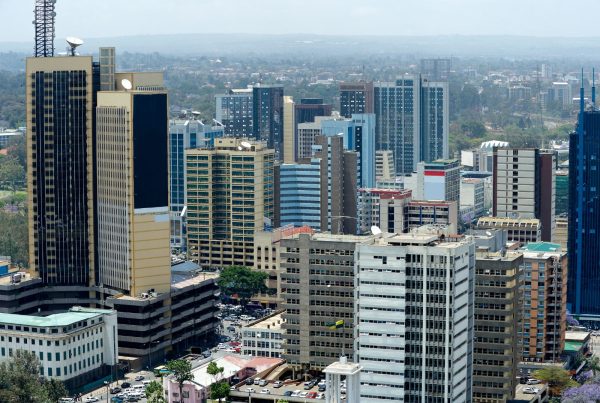The Tanzanian economy has demonstrated significant resilience and growth momentum, positioning itself as one of the fastest-growing economies not only in Africa but also globally. Here’s a comprehensive overview of the current state of Tanzania’s economy, based on recent data and forecasts:
Economic Growth and Outlook
The Tanzanian economy has been on a recovery path, with a notable expansion in its GDP. The World Bank reported a GDP growth of 4.6% in 2022, up from 4.3% in 2021, with expectations for this to rise to 5.1% in 2023. The African Development Bank (AfDB) projects even more optimistic growth rates, expecting the real GDP growth to rise to 5.3% in 2023 and further to 6.3% in 2024. This growth is attributed to the sustained recovery in tourism and gradual stability in supply and value chains. The International Monetary Fund (IMF) also highlighted Tanzania among the 12 African countries and 22 globally with high economic growth forecasts for 2024, projecting a significant economic growth rate of 6.1% for Tanzania in 2024.
Key Economic Sectors
Tanzania’s economy is diverse, with agriculture, industry, and services being the main sectors contributing to its GDP. As of 2021, agriculture accounted for 27% of the GDP, industry and construction for 31%, and services for 42%. The construction sector alone accounted for 16%, crops for 14%, manufacturing for 9%, and mining and quarrying reached 9.8% of the GDP by the quarter ending September 2022. The tourism sector, which suffered a setback due to the COVID-19 pandemic, has been recovering, contributing 5.7% to the GDP in 2021.
Inflation and Exchange Rates
Tanzania has managed to maintain a relatively stable inflation rate, with the average annual headline inflation standing at 4.3% in 2022. The Bank of Tanzania projects that inflation will remain within the target range of 3.0% to 5.0% over the medium term, despite recent increases in oil prices. The Tanzanian shilling has remained stable against major currencies, demonstrating the economy’s resilience in the face of global financial fluctuations.
Trade and Investment
The country recorded a deficit in its current account of USD 5,294.5 million in the year ending February 2023, attributed to high inflation and the effects of the war in Ukraine. Despite this, exports of goods and services increased to USD 12,383.1 million in the same period, driven by non-traditional exports and tourism. The export of minerals like gold, coal, and diamonds saw notable increases. Furthermore, Tanzania has been attracting significant foreign direct investment (FDI), with a 35% increase in FDI to USD 922 million in 2021 from USD 695 million in 2020.
Risks and Challenges
While the outlook is generally positive, there are risks and challenges that could affect the economic growth trajectory. These include the possibility of new COVID-19 variants and the ongoing effects of Russia’s invasion of Ukraine, which could impact food and oil prices. Additionally, climate change poses a significant challenge, with an estimated financing gap of $3.4 billion a year to respond adequately to its impacts.
Tanzania’s economy is showing robust growth and resilience, backed by strong performance in key sectors, stable inflation and exchange rates, and increasing foreign direct investment. However, it remains essential to monitor potential risks and challenges that could affect this positive trajectory.





